Driving in the Faroe Islands: What You Need to Know Before You Hit the Road
The Faroe Islands might not seem like an obvious choice for a road trip, but you will be surprised just how effective, convenient, and safe it is to roam the islands on a camper van. And while it’s easy to get overwhelmed by the prospect of driving around a new and unfamiliar place, with the help of a series of bridges, tunnels, ferries, and mostly just short distances, exploring the Faroe Islands by road becomes as easy as eating a pie and is arguably the best way experience the beauty of the islands. However, there are a few things you should know before you embark on your road adventure.
Set your expectations
While single-track roads and sub-sea tunnels might sound daunting at first, we guarantee you will quickly get over this fear if you just practice a bit of common sense and good driving habits. Most of the islands’ roads are in excellent condition, traffic is minimal, and local drivers are sensible. You’ll have to resist the urge to stop frequently to take in the breathtaking views of the islands. Just keep your expectations in check and you will overcome your fears, ready to enjoy an adventure on the open road.

The boring (but important) stuff
Knowing and following the guidelines below when driving in the Faroe Islands will keep you out of trouble:
- Always carry your driver’s license with you when driving
- Remember that you drive on the right-hand side of the road
- On main roads, the speed limit is 80 km/h, while in villages it is 50 km/h
- Always keep your headlights on when driving, even during daytime
- Seat belts are mandatory for all passengers
- Some of the tunnels are narrow, so it’s important to choose a safe speed
- Children under 135 cm (53 inches) need to be secured in a children’s seat while driving
- Off-road driving is prohibited
- Drinking and driving is prohibited
Tunnels – you can’t avoid them
The tunnel network in the Faroe Islands is impressive. Holes have been blasted through the mountains and underneath the fjords to connect the islands by road and improve mobility for the locals. While some of these tunnels are wide and spacious, particularly the four subsea tunnels, others are old, narrow and, to some, a little unsettling to drive through at first – these are likely to be one of your signature experiences when road tripping the Faroe Islands.

The old, narrow tunnels
When driving through the older, narrower tunnels, which are mainly concentrated on the northern islands but can also be found on other islands, it’s important to keep a few things in mind:
- These are single-lane tunnels that require your full attention as you navigate your vehicle through the narrow road while being mindful of oncoming vehicles
- Slow down before entering the tunnel and maintain a safe speed throughout
- Follow the signs at the entrance of older tunnels to determine who has the right of way
- There is a passing place roughly every 100 meters in the tunnel. Use these passing places to let oncoming vehicles pass
- If you encounter a larger vehicle, such as a truck or bus, in a single-lane tunnel, pull over to the nearest passing place, regardless of whether it’s on your right or left
Passing through these tunnels is a defining feature of experiencing the Faroe Islands on the road. Once you emerge on the other side of one of these tunnels, you’ll experience a sense of freedom and excitement as you take in a whole new set of stunning natural scenery.
Sub-sea tunnels and the accompanying tolls
Four sub-sea tunnels connect a large part of the Faroe Islands:
- Vágatunnilin (4.9km) connects the central island Streymoy and the western island Vágur where the airport is located.
- Norðoyatunnilin (6.2km) connects the eastern island Eysturoy and the northern island Borðoy, home to islands’ second largest city of Klaksvík.
- Eysturoyartunnilin (11.2km) connects the two central islands of Streymoy and Eysturoy. The tunnel has a roundabout at the bottom with two exit/entry options on the eastern island of Eysturoy (Strendur and Runavík).
- Sandoyartunnilin (10.8m) connects the central island of Streymoy to Sandoy and only recently opened (December 2023).
When it comes to toll amounts, we advise you to consult your car rental agency for specific details regarding your rental. The toll terms vary between rental agencies.
As for our Camper Van customers, we recommend purchasing the sub-sea tunnel pass as an add-on. This pass grants you free access to Vágatunnilin and Norðoyatunnilin, but it unfortunaly doesn’t cover trips through Eysturoyartunnilin and Sandoyartunnilin due to the relatively high fees charged. Instead, we recommend taking the free substitute route that connects the two central islands. It takes an additional 20-30 minutes of driving time. To visit Sandoy there is no alternative but to pass the Sandoyartunnel. Both Eysturoyartunnilin and Sandoyartunnilin cost DKK 250 each way for our camper vans.
Sharing the road with sheep
One of the most unique things to keep in mind when driving in the Faroe Islands is the presence of sheep on the roads. There are more sheep on the islands than there are people, and they move around freely, including walking onto the roads. It’s very common to encounter sheep in front of you while driving, so it’s important to take precautions. Be sure to lower your speed when you see sheep on or near the road to avoid any accidents and keep a watchful eye out for them as you navigate around the islands.
In the unfortunate event of hitting a sheep, it’s important to report the incident to the local police. Although you will not be responsible for compensating the farmer for their lost income, failure to report the accident will leave the farmer ineligible for reimbursement from their insurance company. By reporting the accident, you can help the farmer receive the necessary assistance.
Watch this short video on YouTube which provides a brief guideline for safe driving in the Faroe Islands.

Cars onboard ferries
While many of the highlights of the Faroe Islands can be accessed by car, there are a few instances in which taking a ferry is necessary. For instance, the islands of Mykines and Kalsoy can only be reached by smaller ferries. If you plan to visit Mykines, leave your car at the harbor car park and board the ferry. For Kalsoy, you can bring your car, but it’s recommended to arrive early to secure space onboard. Alternatively, consider leaving your car at Klaksvík harbor and using the public bus to explore Kalsoy.
The southern islands of Suðuroy and Sandoy are less promoted but definitely worth a visit. Ferries serving these islands are slightly larger and can accommodate more cars. We highly recommend that our customers visit these islands if they have more than three days to spend in the Faroes, as they offer plenty of stunning scenery that is just not as well-marketed as some other areas in the Faroe Islands. However, this doesn’t mean that they don’t have as much to offer. In fact, there are plenty of hidden gems worth visiting on these islands. We might just write another blog post about just that. Stay tuned!
See ferry schedules in English here.
Parking
Public parking in the Faroe Islands is free, but it’s important to be aware of potential time limits to avoid receiving a ticket. Look for blue signs indicating the permitted parking time at your chosen parking spot, and use the disc located on the front passenger side of your car to set the timer to the time of your arrival. This way, you’ll avoid any fines or penalties for exceeding the allowed parking time.
Get Moving
By following the guidelines outlined above, you’ll be in very good shape. So, get behind the wheel and enjoy the open road.
Now that you know everything you before hitting the road in the Faroe Islands, you might want to know when is the best time to travel to the Faroe Islands.
If you have any questions or concerns about renting a camper van, don’t hesitate to reach out to us or read our FAQ. We’re always here to provide guidance and answer any questions you may have.
Related articles
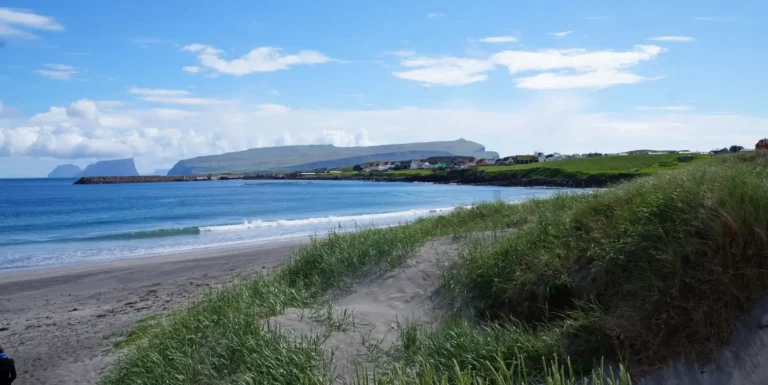
Discovering Sandoy in a Campervan
Explore Sandoy in a campervan! Discover scenic villages, rugged cliffs, sandy beaches, and hidden gems on this peaceful Faroe Islands road trip
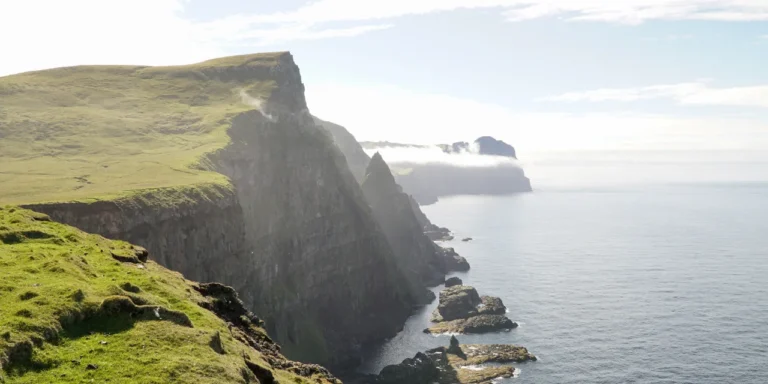
Discovering the Best of Suðuroy in a Campervan
Suðuroy is often bypassed by visitors, yet it offers some of the most breathtaking landscapes and authentic experiences on the Faroe Islands
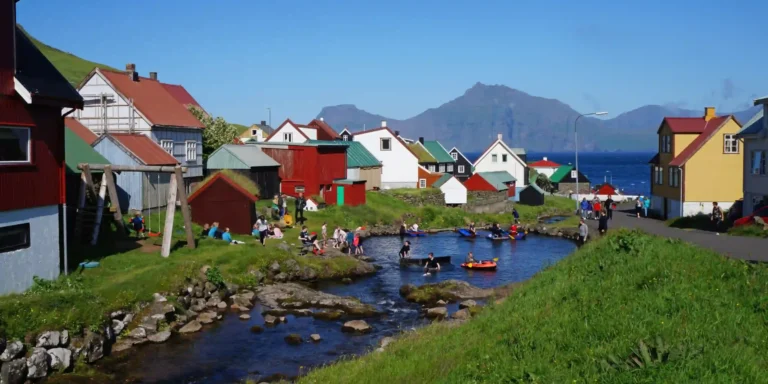
Plan Your Camping Trip to the Faroe Islands
Plan your camping trip to the Faroe Islands with tips on packing, navigating, embracing weather changes, and camping responsibly. Adventure awaits!

The Best Camping Sites in the Faroe Islands
Curious about which of the 20 camping sites in the Faroe Islands stand out? We’ve highlighted the best camping sites the Faroe Islands have to offer.
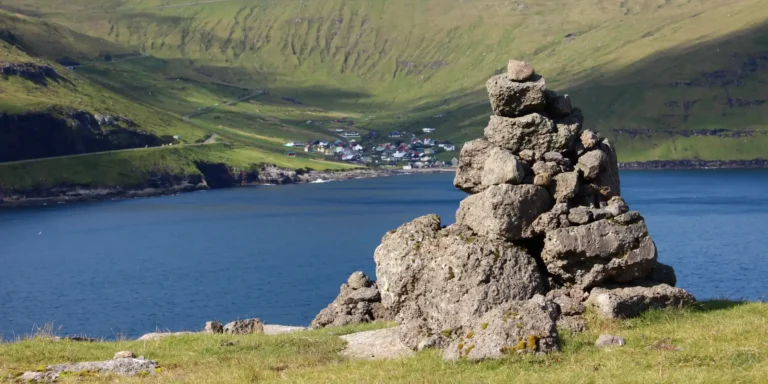
Hiking in the Faroe Islands Without Paying Fees
While some popular trails in the Faroe Islands require guided tours or charge fees, others remain free and easily accessible to explore on your own.
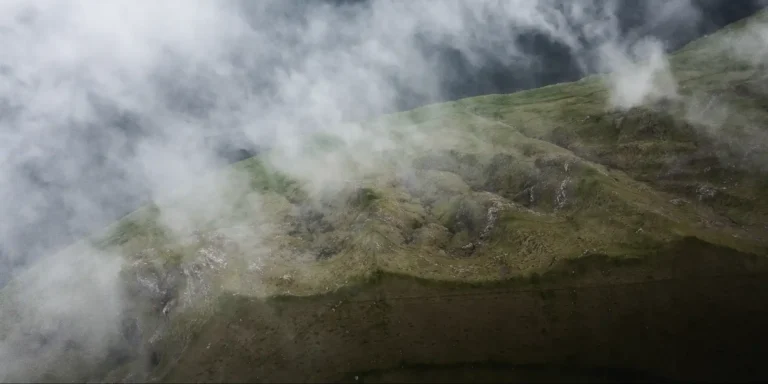
Staying Connected in the Faroe Islands: Wi-Fi and 4G Data Guide
Read our Wi-Fi and 4G data connectivity guide on everything from local SIMs to public Wi-Fi hotspots and portable 4G connection devices.
